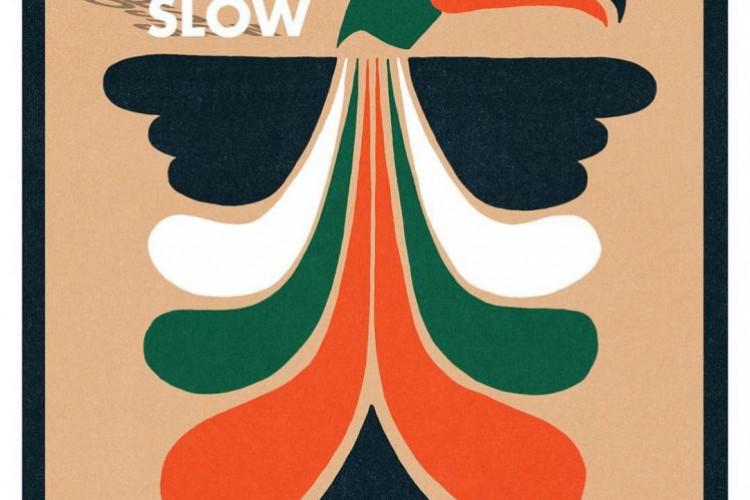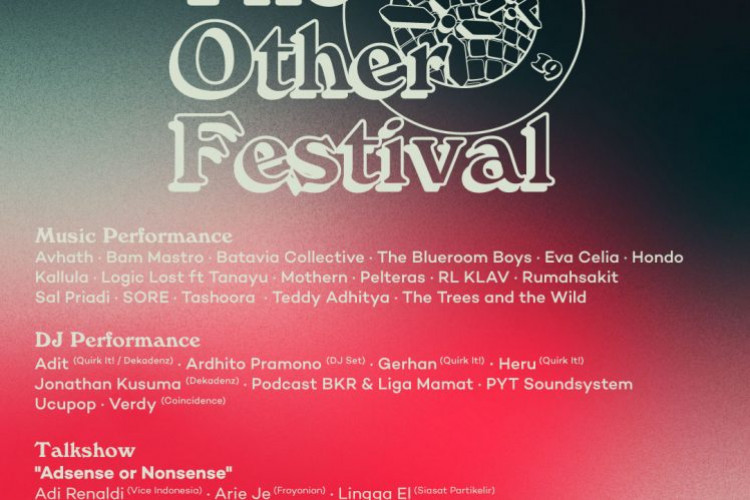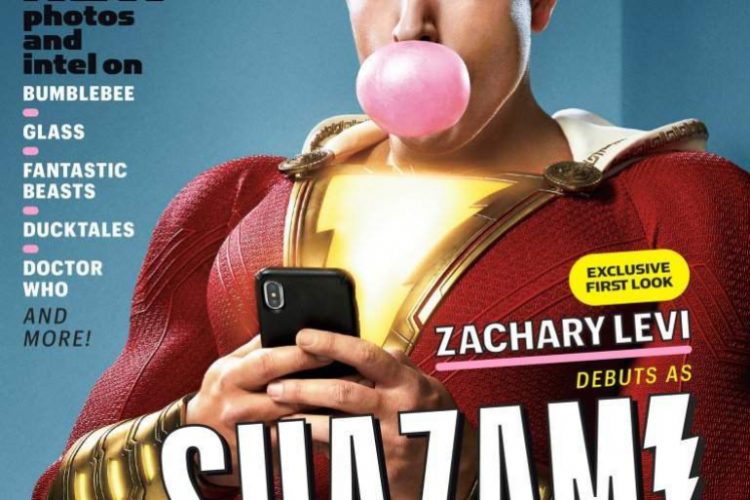Process and Perspective with Eko Nugroho
Muhammad Hilmi (H) interviews artist Eko Nugroho (E).
by Ken Jenie
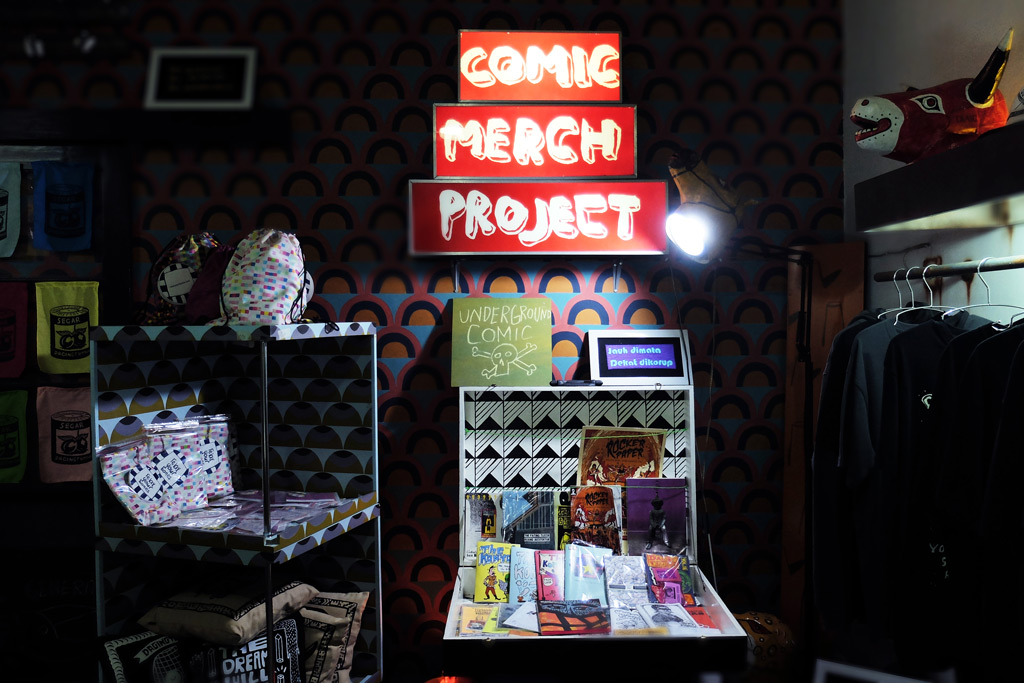
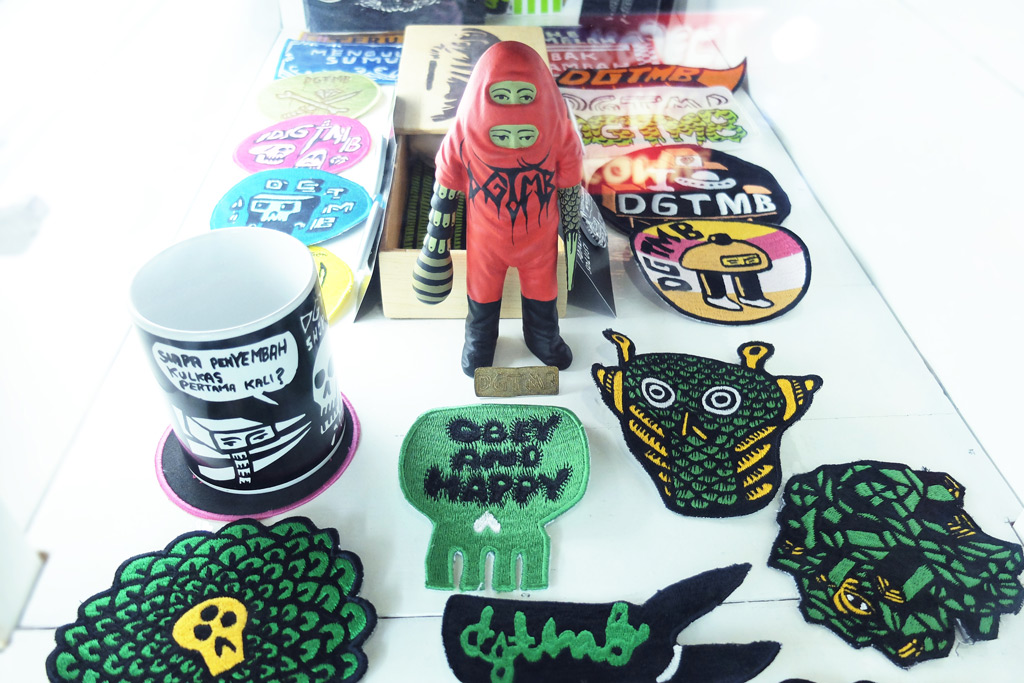
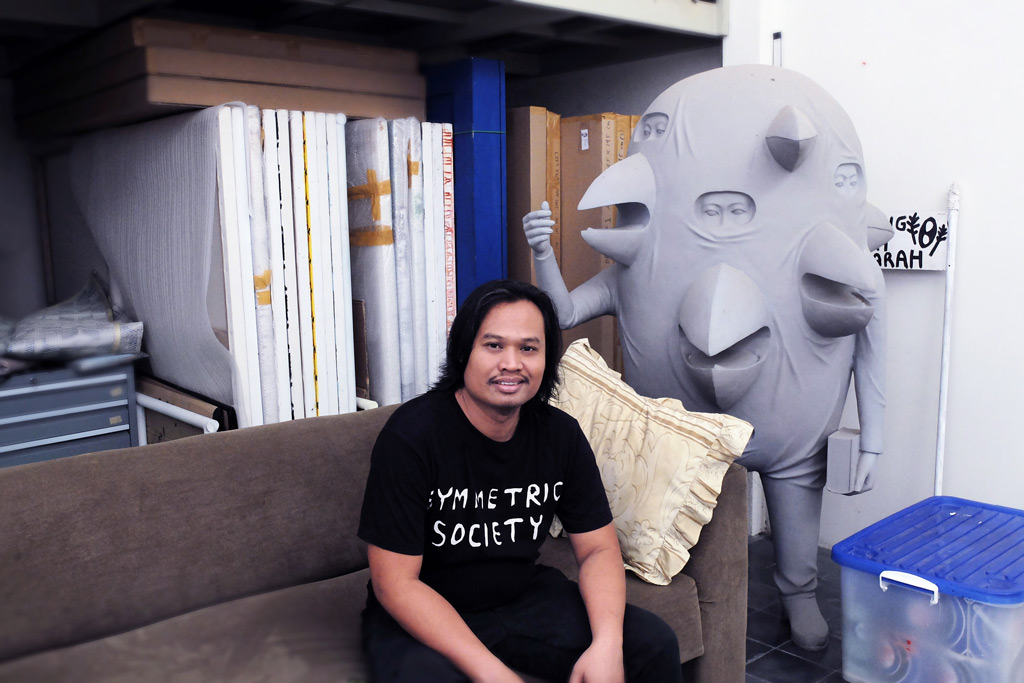
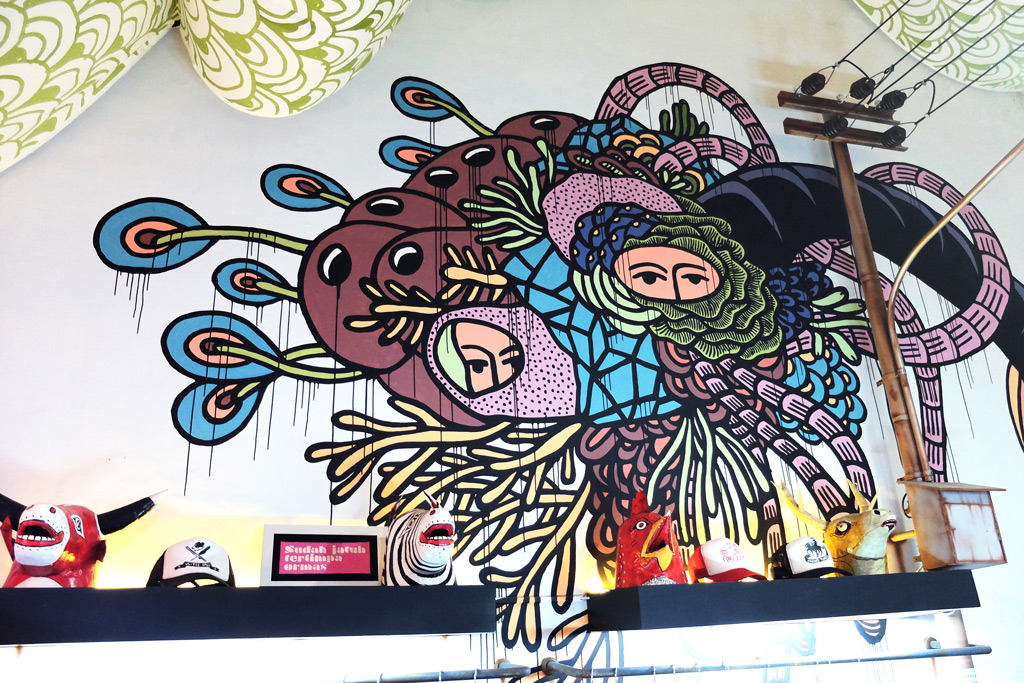
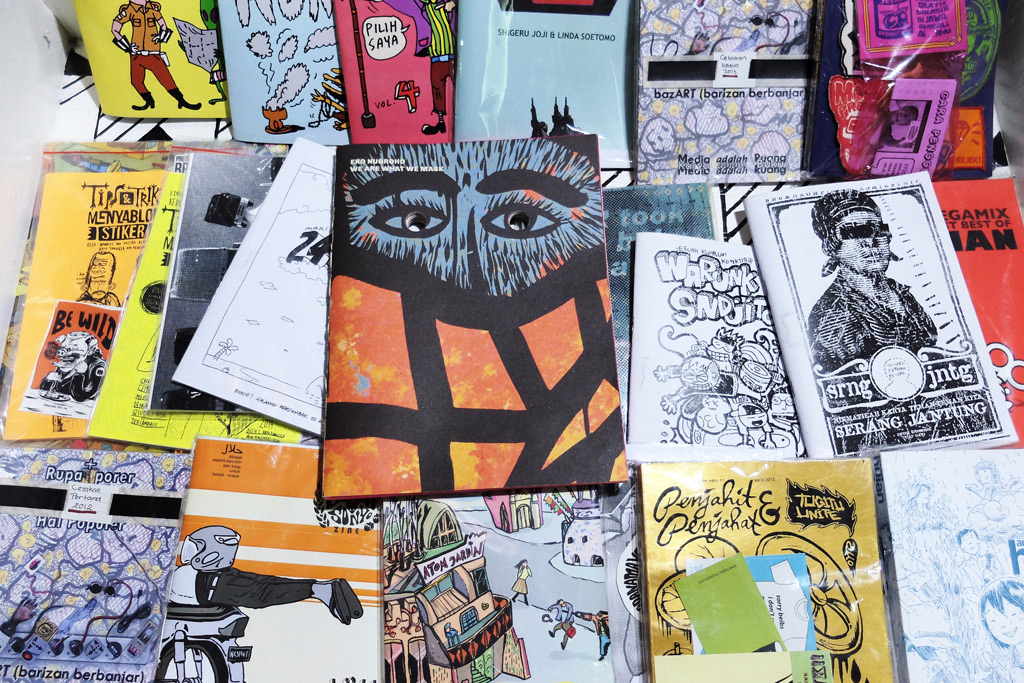
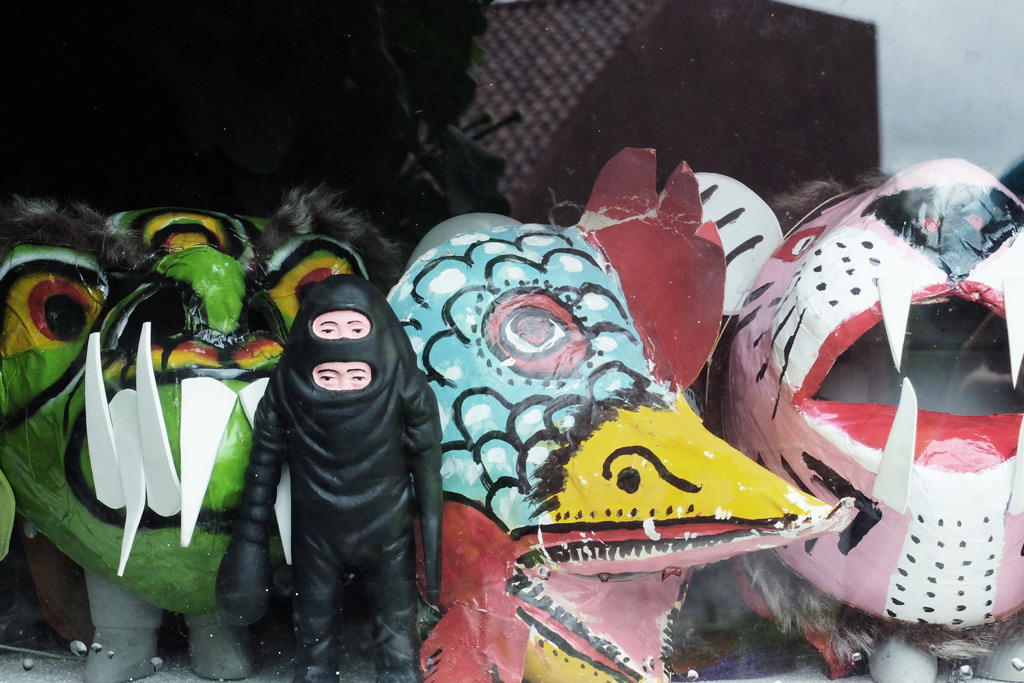
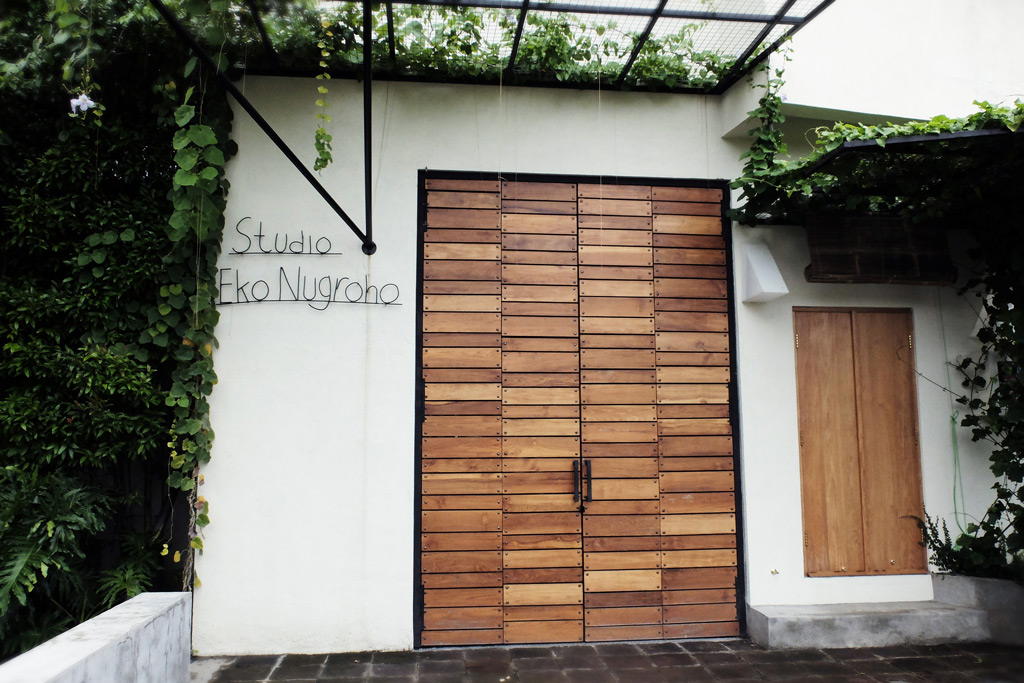
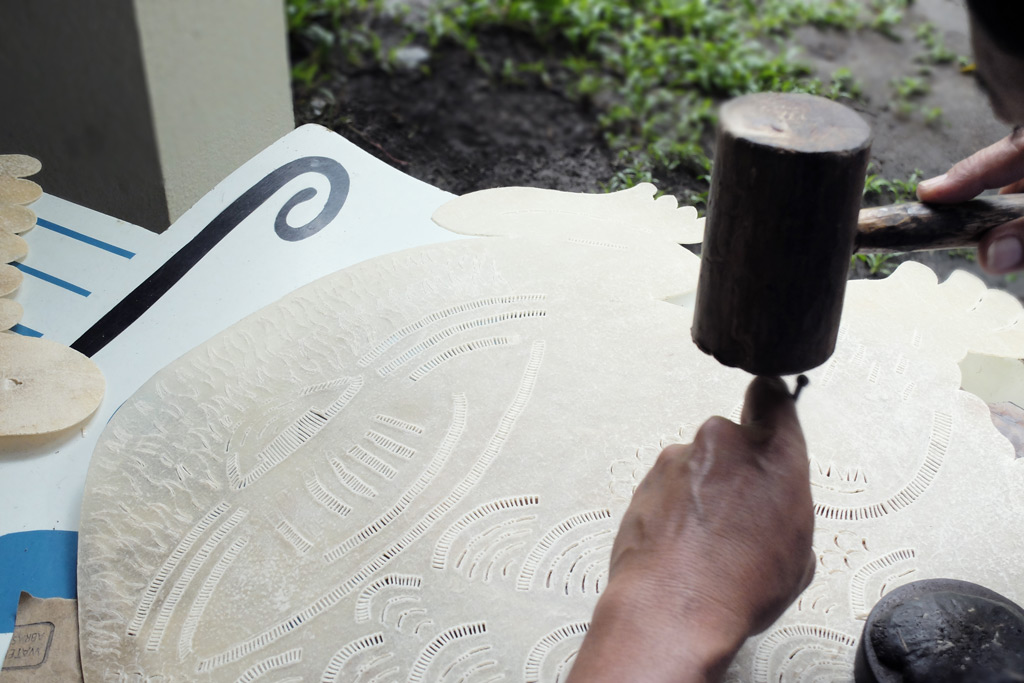
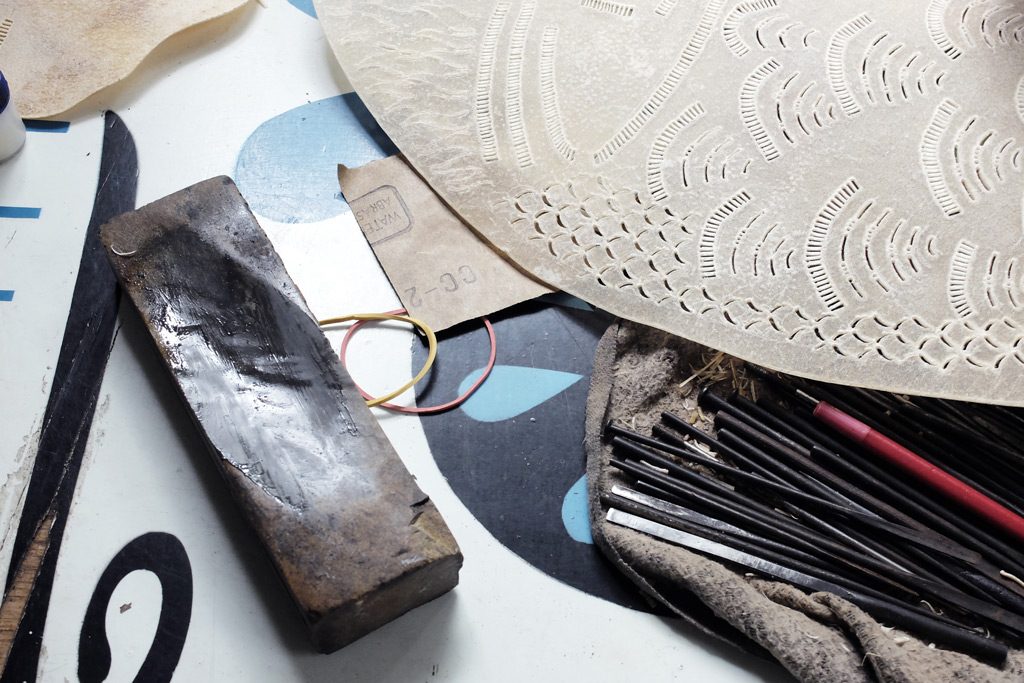
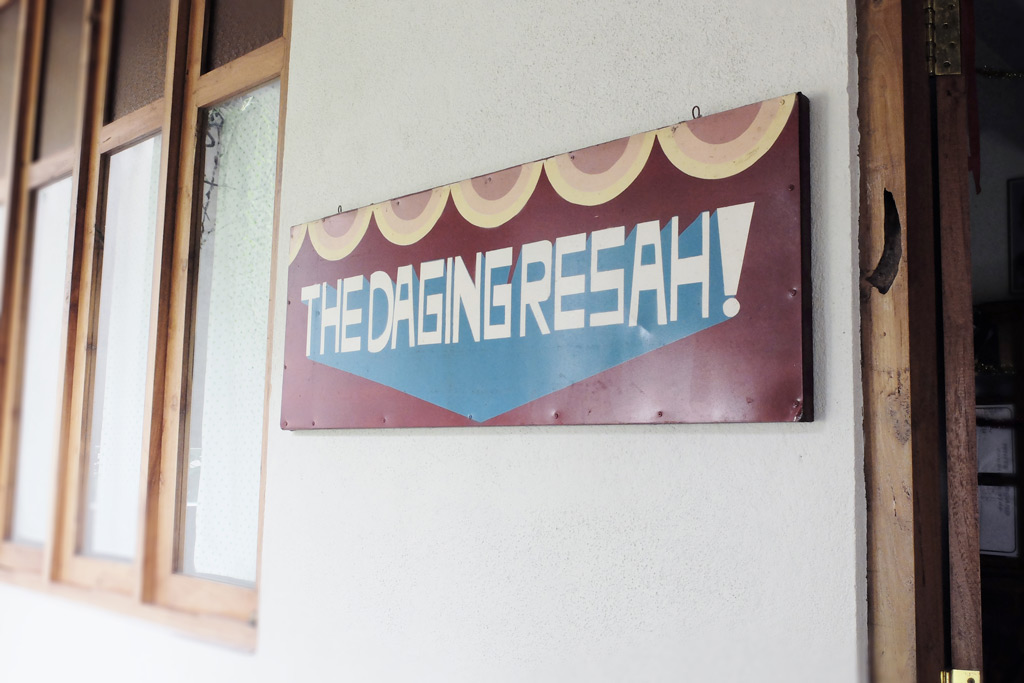
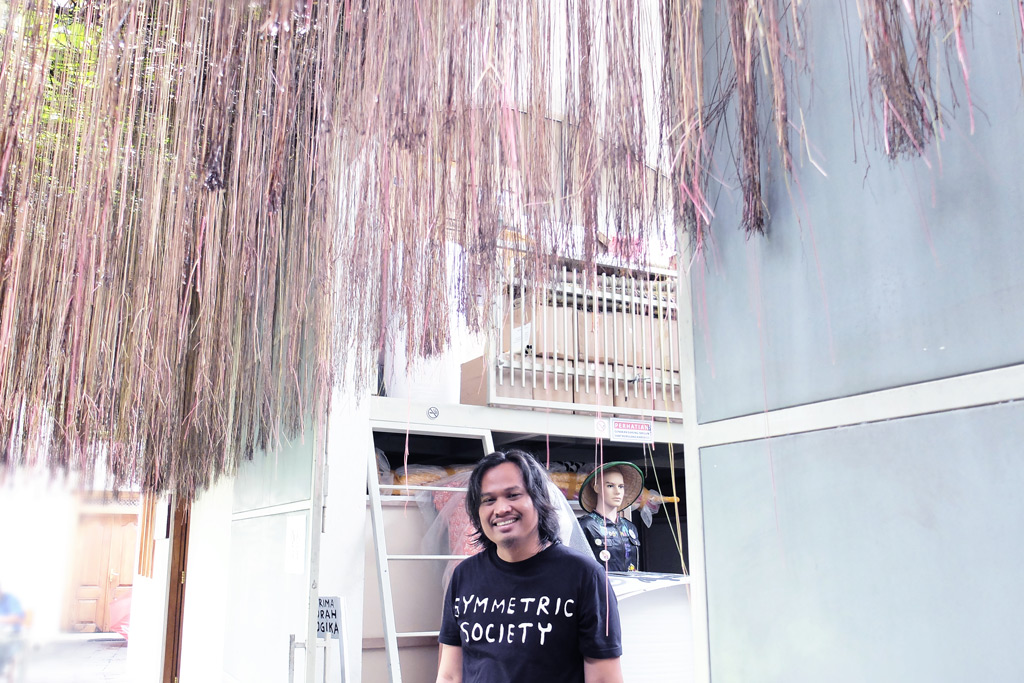
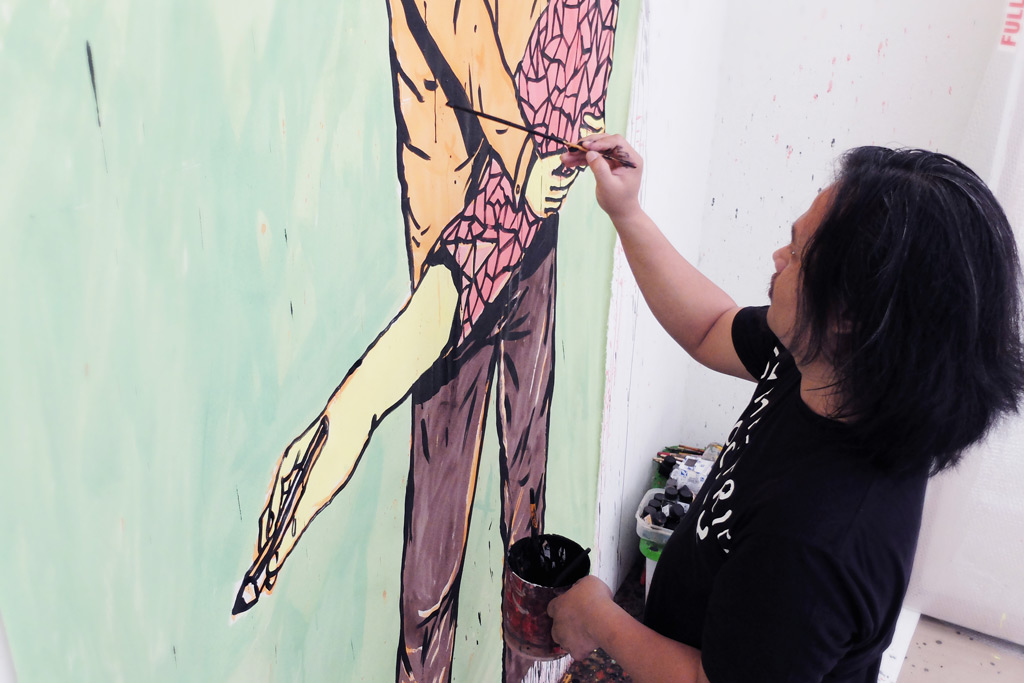
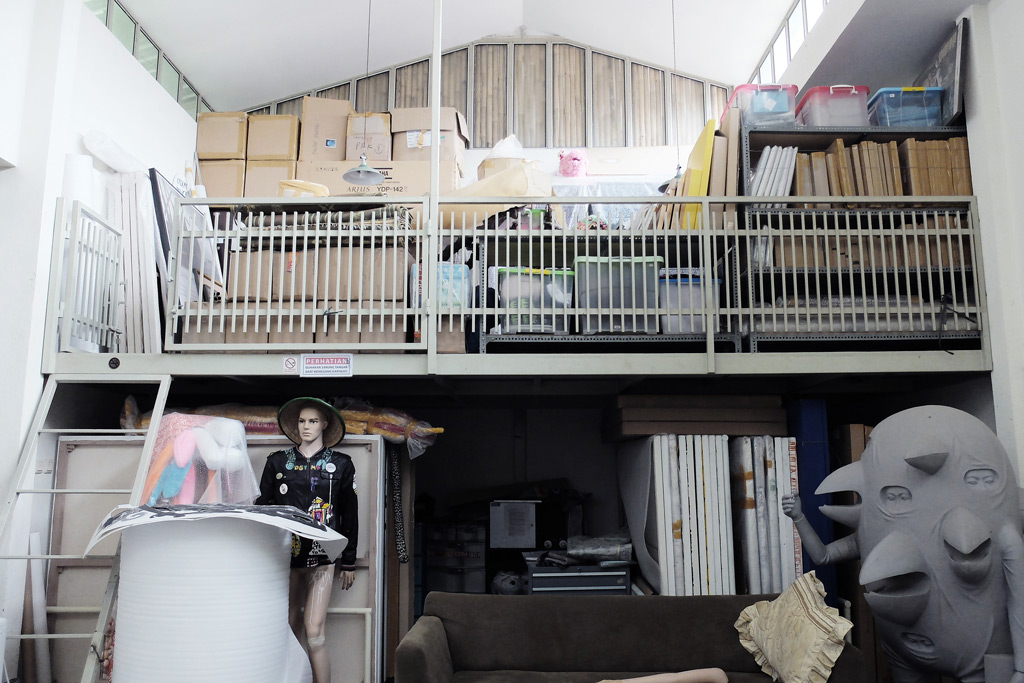
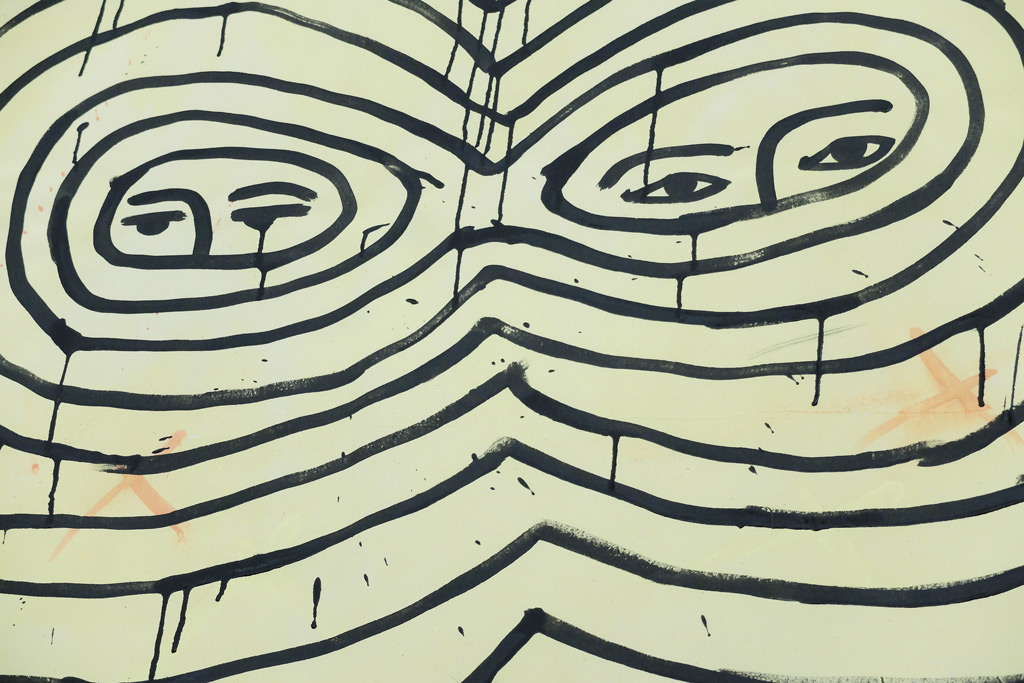
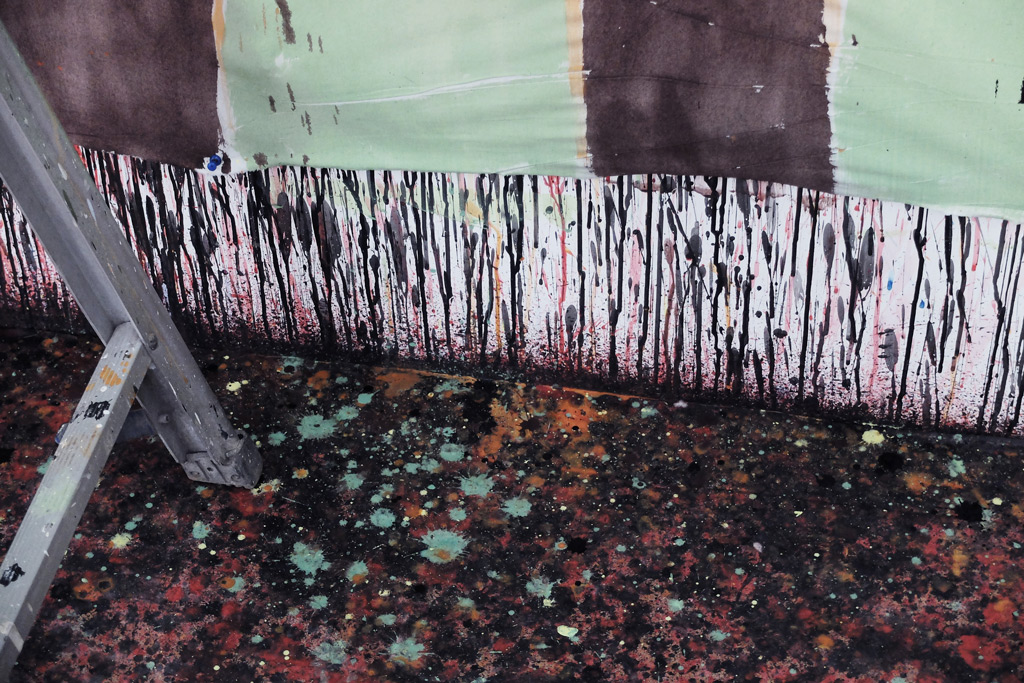
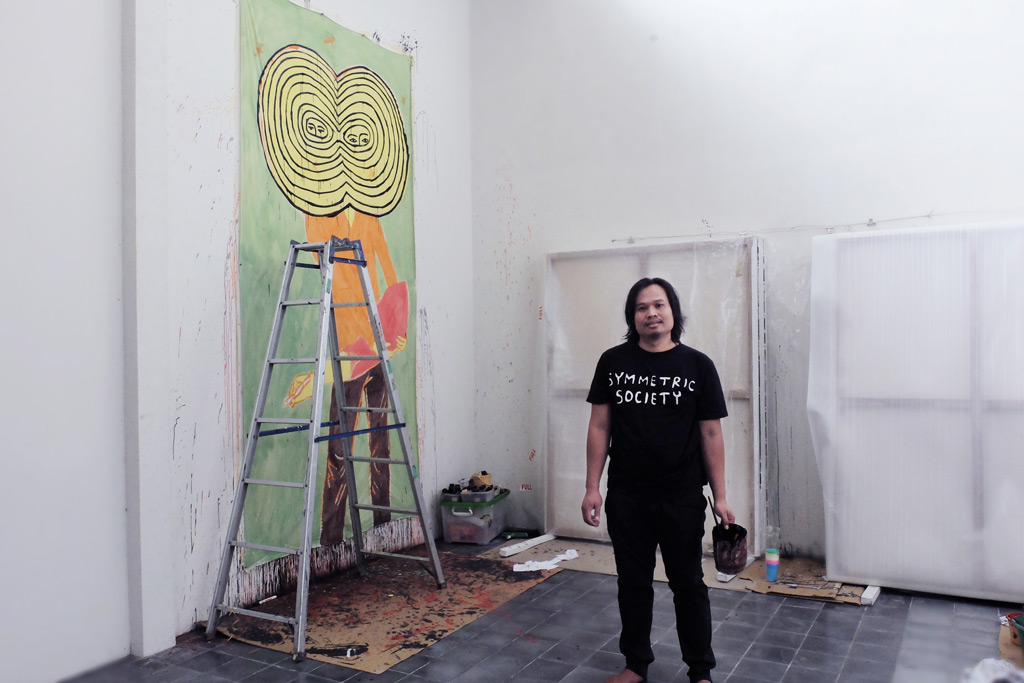
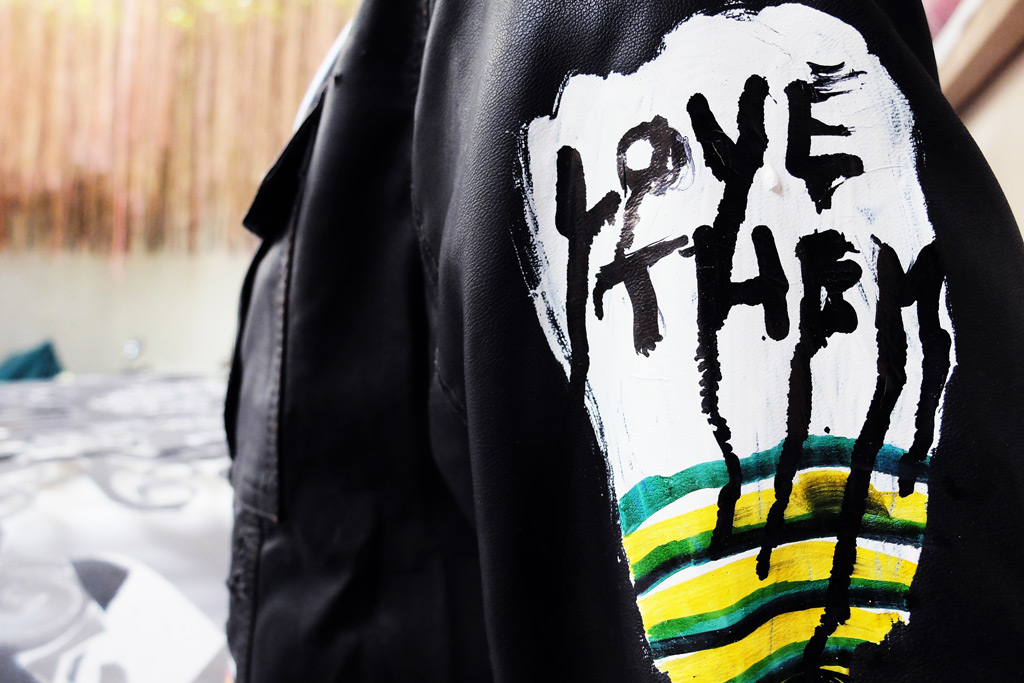
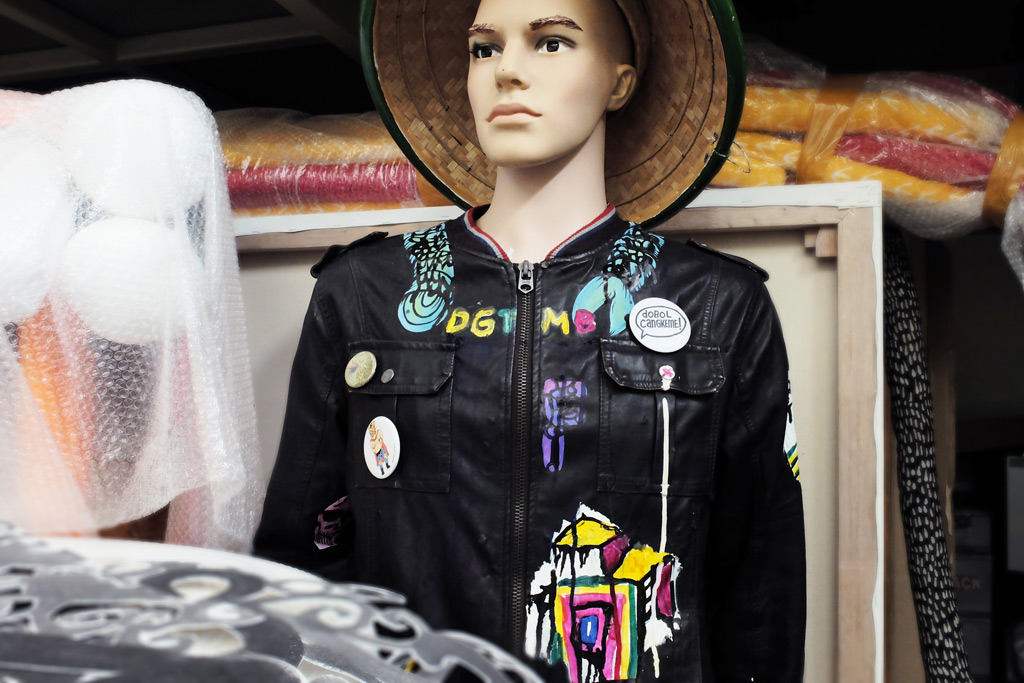
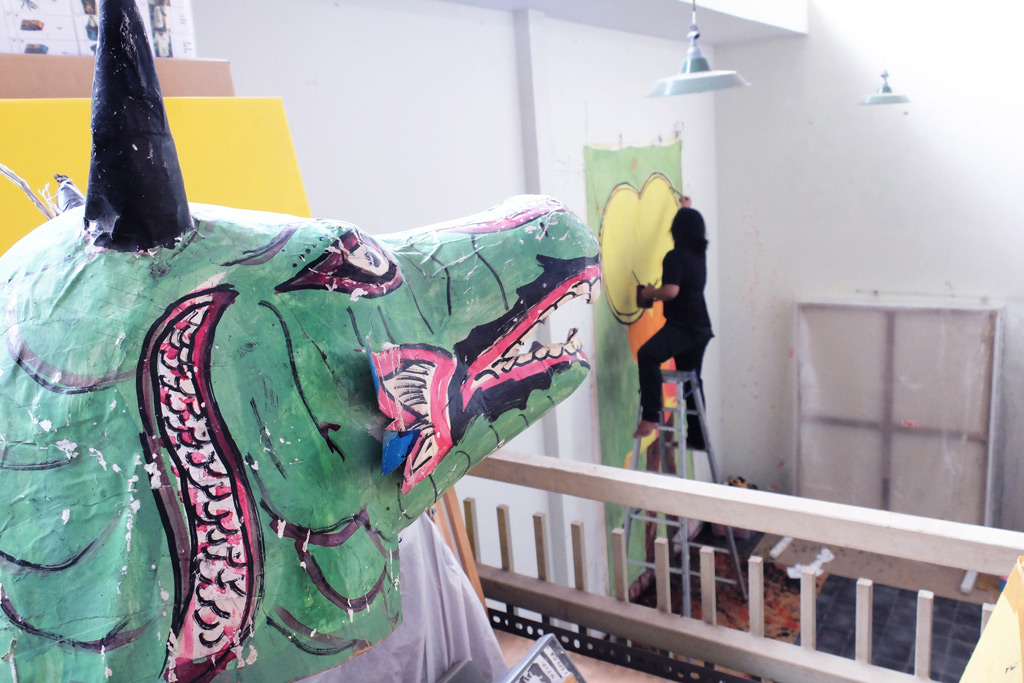
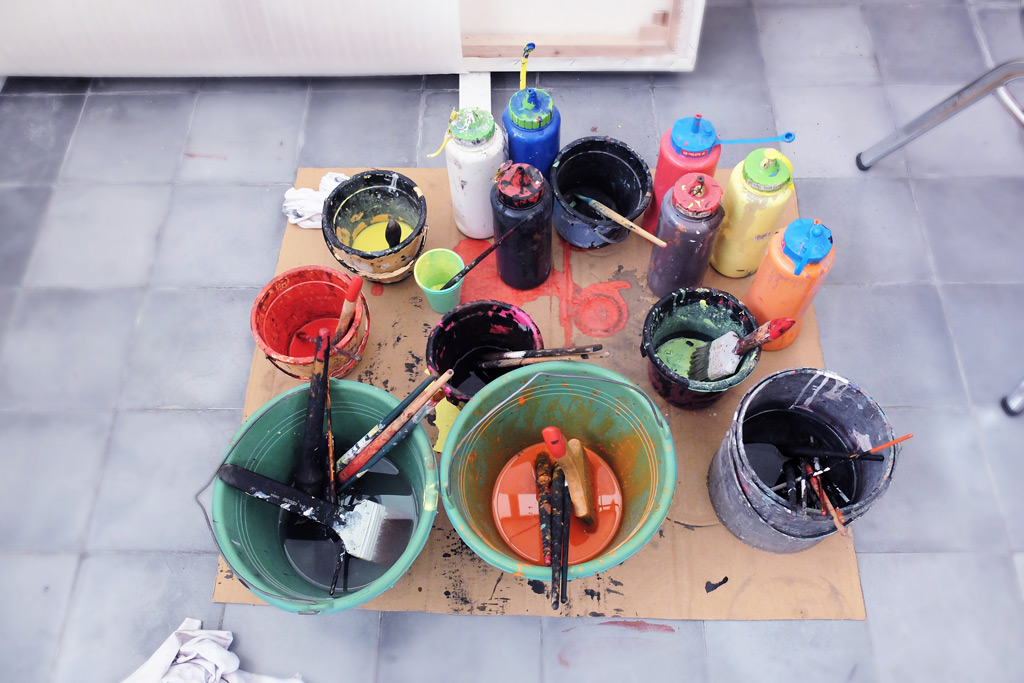
H
Some of your works have strong ties with comic books, what were some of your favourite comic books growing up?
E
The following are some of the comic books I read as a child and that I remember: Gareng Ptruk by Tatang S., the works of Masashi Ueda, Mobius (after college), some of the DC Comics (not all as I couldn’t afford them at the time, The Adventures of Tintin – those are some of the ones I remember from my childhood.
H
How did you get acquainted with the art world?
E
It was by going to school in Sekolah Menengah Seni Rupa Yogyakarta [Art High School of Yogyakarta] and Institut Seni Indonesia Yogyakarta [The Indonesian Art Institut of Yogyakarta]. My parents told me that as a 4 year-old I drew on the walls of my house with bricks, and decorated the yard with stones.
H
You are one of the artists who brought the wave of contemporary art in Indonesia, what was the state of Indonesian fine arts when you first started?
E
Seniority between artists was strongly felt in the 90s. There were only a few alternative spaces available, meanwhile the works of senior artists dominated galleries as well as cultural pockets. Our generation of artists were merely a passive audience. There were very few open dialogues and workshops, which spawned alternative movements such as Cemeti Art House, Apotik Komik, Taring Padi, RuangRupa, and Dagingtumbuh – who provided the art world with a breath of fresh air.
H
How does one remain critical in their creative process when at the level of Eko Nugroho?
E
Because good art is life in itself. When we become part of a life that is rich with its hustle and bustle then we have found art that is eternal and will never experience a thirst for ideas and creativity. Never avoid reality, because an artist does not only live in a world of fantasy, but also reality. And if art takes place in life then creating with a critical mind will always present new ideas. When we approach anything critically, that means we are critical towards our work and ourselves.
H
You have participated in numerous international art exhibitions, how do you view Indonesian art on an international level?
E
In actuality, our art receives great international attention, particularly in Asia. We posses a uniqueness and strength in the International discourse. Peppered with our country’s condition and situation – our art is already very advanced and critical.
H
In your opinion, what are the weaknesses and the strengths of the Indonesian art world?
E
The classic problem is ‘government support’. The international sphere has given its attention and room for the development of Indonesian art on a global stage. Without the support of our own country there aren’t many of our artists’ works that can reach the international public. You can see the proof in how many of our artists have exhibited internationally. The global art scene has given a lot of support and is more open to ideas than our own country.
Perhaps most ideal is having governmental support and starting the international dialogue for young artists through biennales, art symposiums, international art events, etc. It is true that our condition is far from being like the West, which always has a connotation of being the center for the development of art. But by creating a broad access to our artists, allowing them to create and exhibit their work to an international audience, and vice versa – giving access to International artists to exhibit their work in Indonesia – This would be a great step in guiding our art scene towards progress. All of this would be ideal, but what’s happening in reality is a different matter.
H
Society (including the youth) is currently accustomed to instantaneity. What is your opinion of this pheonemon, and what is its impact in the art world?
E
Human consciously develop in many different aspects, and the times change as well. These changes and developments will create its own meaning naturally as well – It all depends on ourselves. Will we follow the mainstream or become underground in our creativity? From the ‘flower generation’ to what we now call the ‘instant generation,’ the youth is a reflection of the eras. The youth is also an accurate description of a nation’s condition, so they will always be immersed in the culture, and this develops globally. This instantaneity has become a culture that is important to us because we live in an era where things are instantaneous – hence what we need is creativity that isn’t.
In many countries, bands and singers from the capital are quicker to gain popularity than artists from other regions because most of the major national media are based in the capital. To gain a wider exposure we need a media with a wider reach, and when speaking of the global art scene it is a very broad field with many twists and turns. It’s only natural that artists would like to present their work to a broader audience, an international one, which means that they will face challenges and competition that are more difficult. A village artist’s rival is the whole village; a district artist’s rival is the whole district, and so on. A good artist is a fighter that is tough – one who continuously develops his/her work to a higher level.
Now, again we have to mention that we live in a society who looks for instantaneity – who desires simply the sensation, not the deeper understanding of our surroundings, or even the potential of our surroundings. Life in the West always seems sweeter, “the grass is greener on the other side of the fence”- right? We are always following and imitating, not creating, because consumerism is addictive and it spoils us – we love it.
H
The general public appreciates a piece of art after it receives international attention, which results in many artists’ primary goal to “go international.” What is your opinion on this matter?
E
We must comprehend and differentiate from various perspectives. For the general public, art that is worthy to be presented globally is traditional art – one that reflects our roots and culture. Traditional art is obviously more attractive for foreigners to learn more about our culture. We haven’t forgotten our nickname of Third World Country, right? Logically, the foreign mindset needs to understand the roots and culture of a country that doesn’t often ‘appear’ in the international stage. This is the conventional means the government choose to take, and we must understand that not all government ranks have people who understand Indonesian art, which, if managed properly, will bring international attention and its own kind of national pride.
The government still does not understand and pretends to not understand because they do not want to face the risk of being involved in the world of modern art, because the competition between countries is so intense. So they return to the conventional marketing of traditional culture – the exoticism factor.
Indonesian artists have often protested and attempted to submit a proposal that would promote culture in a wider context, including modern forms of art and the latest development in Indonesian art – but well… it remains a draft. Surely we still remember the recent conflict with the Venice Biennale that remains ignored by our government [editor’s note: There’s a controversy over Indonesia’s participation in 2015’s Venice Biennale due to some interventions on the curatorial and art process that selected curator and artist canceled their participation]. They have yet to realize that modern art can be a strong asset internationally.
H
The government has recently begun to build a support system for the arts through its concept of creative economy, but on the other hand, many do not agree with this idea, considering the arts should be adapted to cultural programs. There are also those who vehemently protest, saying that it is a form of government interference in the independent world of the arts. What is your view on the matter?
E
This creative economy is still merely a concept and has just started to be tested. It hasn’t been implemented, and there isn’t even a ministry for it. It isn’t a concept that is being followed through by the country, so I cannot give it my thoughts.
H
Almost all of your works are responses to social phenomenon. In your opinion, what role does art take in creating social change?
E
Art is indirectly very influential. A small example is the 2014 Presidential election. The accessibility of the Internet made it the medium to circulate information and images. Many campaign posters were easily made using smartphones and easily disseminated through social media, making them issues topic of discussions and debates. I can explain the influence of art in society with all of its instantaneity, and we can see its impact very quickly. In previous eras the impact of art in society was quite different as the spreading of information was limited to the media’s conventions (radio, television, and print).
In my work, I do not try to enlighten or change society. My work absorbs and depicts what is happening in our society and the international community, and is positioned as part of this era. I believe that art plays a role in social change, but it is one that is felt and often unseen. Art accompanies social change in a critical, dynamic, and beautiful manner.
H
What was the idea behind the Dagingtumbuh project?
E
Dagingtumbuh is composed of street, underground comics, and pop art. It is where everyone is an artist, and the artist has the right to create anywhere using any medium, and is independent of everything/ the mainstream. It is an open field where one can create – create in any shape or form, because art is joyful and everyone is an artist, at the very least to his/herself.
H
What is your creative process like?
E
My creative process is very simple, like many other artists. There isn’t anything special. When there is an idea and mood I am moved to create it – with love, of course.
H
You once introduced the concept of the ‘battery’ of the creative process. Could you explain what this is?
E
The concept of the battery refers to the Dagingtumbuh Comics. In the 90s, an era where I was aggressively searching for my creative identity with my friends, forming various groups and communities, we responded to every space and moment with artistry. In many groups and communities, the heads/minds/egos of individuals will quarrel, which slows down and hinder the process of creativity. The groups and communities dwell on the fantasy of perfection – it isn’t a surprise that many of them end up bankrupt or disbanded, many become unproductive in creating art. This was the reason I devised the ‘battery’ concept, meaning that anything with a battery/energy will continue to move forward and flourish.
This concept is the basis of concocting the Dagingtumbuh/DGTMB as a community that is set in motion by a single battery, as it will minimalize the chances of internal conflict – it is sufficient to gather as a collective on an individual project-basis. Dagingtumbuh/DGTMB have operated with this premise for 14 years now. It is very effective, because it means that wherever I may be we can publish Dagingtumbuh, and can accommodate creativity from anywhere and anyone – that is the essence of the ‘battery.’ Sure, the process includes teamwork that includes interchangeable individuals, but the battery will continue to be there to restore the energy inside it.
H
What are your upcoming projects?
E
In 2015, I have a public art project in Perth called PUBLIC 2015 organized by the FORM community, a project in the Art Gallery of South Australia AGSA in Adelaide, a solo exhibition in Salihara Jakarta, a solo exhibition in Shangai’s ARARIO Gallery, and a collaborative project with Wayang Bocor in Singapore.




